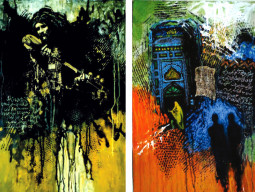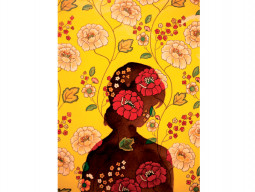
In today’s fast-paced world of gizmos and ever-evolving environs, it is becoming increasingly important to reconnect with our vast heritage of art, poetry and music.
Aqs-o-Naqsh, a recently-formed organization, hopes to create awareness among the youth about the art, poetry and music of the region, regardless of its ties to any religion. Their second event invited a group of young fashion design students to PNCA to view a documentary based on the renowned polymath Omar Khayyam. A BBC documentary, titled “Omar Khayyam: the genius”, was an interesting and in-depth insight into the life of a poet who managed to transcend the boundaries of language and time with works that still connect with people.
Born in 1048 in the Persian city of Nishapur, in modern Iran, Khayyam is among the great names of the 12th century in the fields of science and philosophy.
With the passage of time, his work as a scientist has paled in comparison to his poetry, especially his Rubaiyat (quatrains). Today, he is known more as a poet than a scientist. He is believed to have written about 1,000 quatrains (a four verse poem). In the English-speaking world, he was introduced through The Rubaiyat of Omar Khayyam, an English translation of his work by Edward Fitzgerald.
Besides the documentary, paintings by Irfan Qureshi were on display. The 31 pieces mainly consisted of wasli with qalm depicting horses. Usman Qazi recited some poetry by Khayyam in Farsi and English with a flute player accompanying him.
Published in The Express Tribune, February 13th, 2013.



















1713904359-0/burn-(1)1713904359-0-270x192.webp)
















1713853507-0/MalalaHilary-(2)1713853507-0-270x192.webp)







COMMENTS
Comments are moderated and generally will be posted if they are on-topic and not abusive.
For more information, please see our Comments FAQ